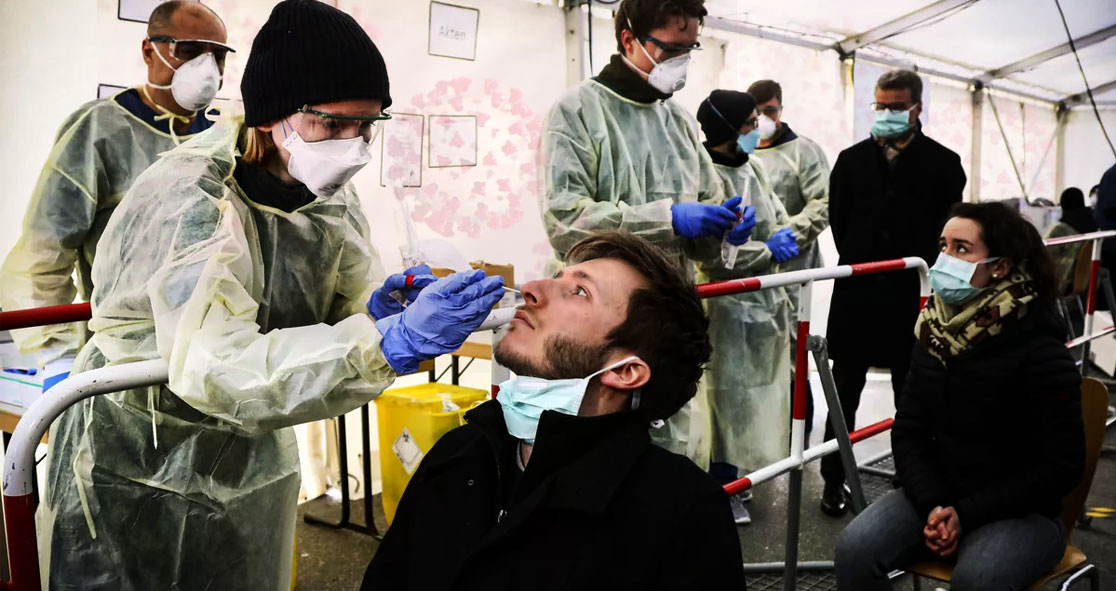A model developed by federal government researchers has found that the actual number of COVID-19 infections in the U.S. reached nearly 53 million by the end of September, suggesting that the numbers could be approaching 100 million now.
The model has been created by the researchers at the U.S. Centers for Disease Control and Prevention (CDC), which calculated that the actual number of infections is around 8 times the reported number. These numbers include only the confirmed cases by a lab test.
With the help of the model, the researchers estimated that the virus might have infected 52.9 million people by the end of September, while the number of lab-confirmed infections was just 6.9 million.
The preliminary findings of the model were published in the November 25 issue of the journal Clinical Infectious Diseases.
The researchers wrote, “This indicates that approximately 84% of the U.S. population has not yet been infected and thus most of the country remains at risk.”
Since then, the number of confirmed COVID-19 infections has increased to 12.5 million, according to CDC’s tally.
If the model’s ratio still holds, the total estimation would be greater than 95 million, which means it leaves more than 70% of the Americans uninfected.
The CDC’s model tries to explain that most COVID-19 cases are mild or asymptomatic and often go unreported or undetected.
The team looked at studies with people who have coronavirus antibodies in their blood, an indication that they have been contracted the virus at some point.
They analyzed the studies to estimate how many coronavirus infections went undetected. They found that only one in 10 coronavirus infections is reported.
The goal in creating the model was to “better quantify the impact of the COVID-19 pandemic on the healthcare system and society,” the researchers wrote.
Interestingly, the federal government model also estimated that the official count does not include over one-third of the people who were hospitalized with COVID-19. The article originally appeared on NPR.























